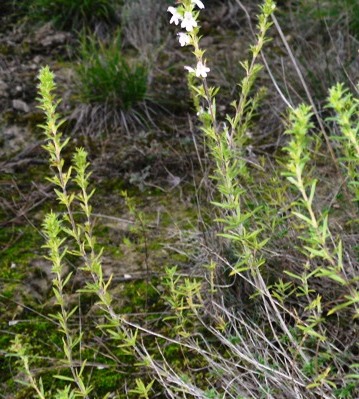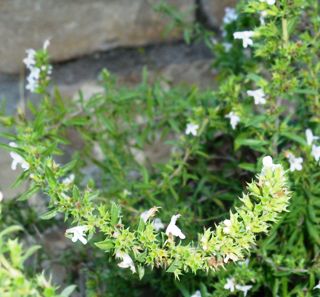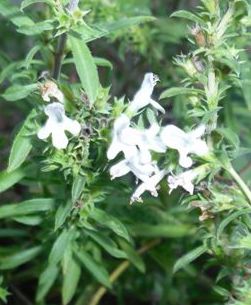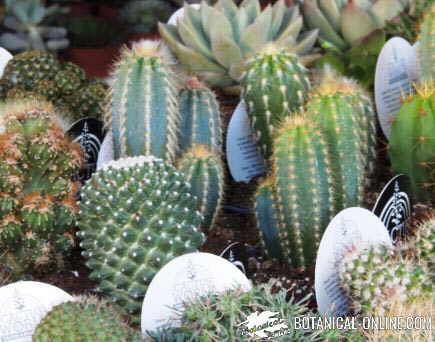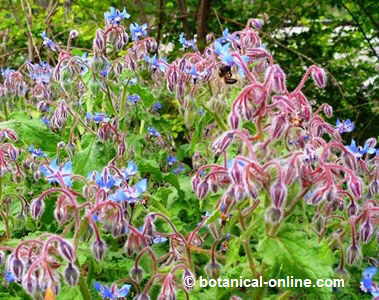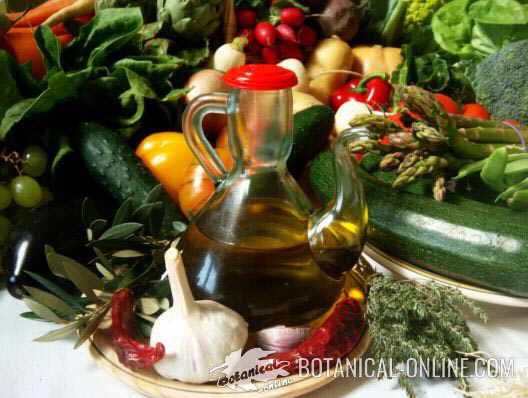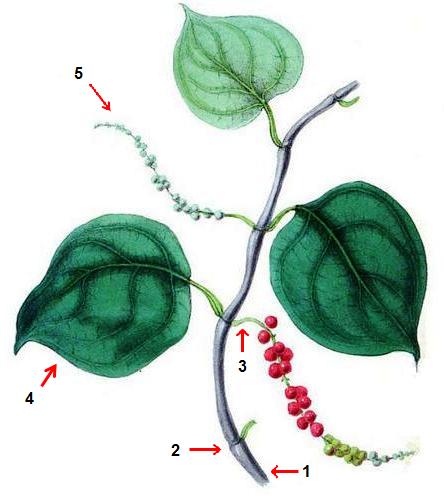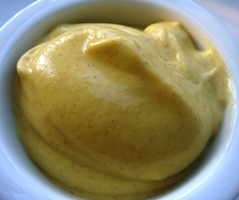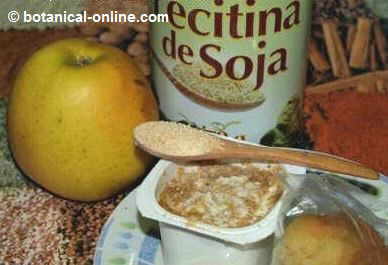Contents
- 1 HOW TO GROW WINTER SAVORY
- 1.1 Characteristics of winter savory (Satureja montana = Satureja hyssopifolia)
- 1.2 Weather requirements for winter savory
- 1.3 Soil for winter savory
- 1.4 Irrigation for winter savory
- 1.5 How to propagate winter savory?
- 1.6 Propagation by division
- 1.7 Winter savory fertilization
- 1.8 Winter savory diseases and pests
- 1.9 Winter savory used parts
HOW TO GROW WINTER SAVORY
Characteristics of winter savory (Satureja montana = Satureja hyssopifolia)
Photo of winter savory |
Winter savory (Satureja montana) is a plant of the lamiaceae family, the same family to which other aromatic spices such as thyme, mint and marjoram belong.
Herbaceous plant, annual, of 15-30cm. High, very branched. Stems erect and woody.
Leaves opposite, slightly pubescent, grayish green color and linear-lanceolate form. Between 1.3 and 3cm. of length.
The inflorescence of the plant are cymose glomeruli in the branches.
Bilabial pale pink flowers, small, pedicel from 2 to 6mm. They grow in bouquets of 2 in 2. Bloom between June and August, until October.
It is a very appreciated honey plant.
The fruit is an achene of four angles.
It grows wild in prairies, rocky terrain, gutters, roadsides, orchards, etc.
Note: Savory also refers to the garden species summer savory (Satureja hortensis). The difference between the two is that the garden species is annual, while the wild or mountain savory is perennial. The two species share their aromatic and medicinal properties.
Weather requirements for winter savory
|
– Plant native to the Iberian Peninsula, adapted to the climate of the Mediterranean sea region.
– Temperate or temperate-warm climates. It does not tolerate warm climates.
– It grows in full sun.
– We can find it wild and more unfrequently also cultivated.
– It can be cultivated between 0 and 2,000m.. It is said that with altitude it loses yield in essential oil.
Soil for winter savory
– Light deep soil, sandy or calcareous, pH optimum between 7 and 8.5. It does not tolerate compact floors.
– Well drained. Avoid waterlogging, as it would promote rotting of the roots.
– Few nutrient requirements. The less fertilization of soil, the greater the fragrance of the plant.
Irrigation for winter savory
– Not very abundant. Mountain savory is a plant that increases its aroma with the dry climate. Water rarely, however.
How to propagate winter savory?
Propagation by seeds
– Plant in the nursery at the end of winter, between February and March. The seed needs light to germinate. Do not cover it completely.
– Approximately in April, transplant when the plants are between 10 and 15cm. Of height and they contain between 4-8 true leaves. At that time, we will also avoid frost temperatures.
– It is a short plant but it requires sun, we must place it in places where the vegetation does not prevent the sun exposure.
– In general, it is a plant of easy cultivation, that grows fast in Mediterranean climates with warm temperate. It does not require much care or abundant irrigation.
Propagation by cuttings
– Take cuttings of an adult plant in summer. Choose soft stems (not too woody or old) of 5-8cm. of length.
– Place in a container so it can root
– Transplant on definitive ground.
Propagation by division
In the image: savory flower |
– Divide the different clusters of the adult plant, from the stem to the root. From each plant between 8 and 15 plants can be replanted.
Winter savory fertilization
– You do not need to provide too many nutrients in the soil.
– Before planting, a work of the soil should be made at approximately 25cm. depth, to incorporate manure.
– A fertilizer can be made with fermented manure one year before sowing.
– Because it is a plant rich in essential oils, we must provide sulfur, usually in the form of sulfates.
Winter savory diseases and pests
– Fungus Pithium debaryanum can rot seedlings.
– It can be affected by a tiny beetle, when the seedling develops, during the first months of growth.
In general, the adult plant is not affected by pests or diseases due to its content in carvacrol.
Winter savory used parts
– Flowering tops and leaves : Wild savory has been used since ancient times as a Mediterranean seasoning, typically used in olive preparations. It Spanish old names “Salsa pobre = poor sauce” and “Saborea = provides taste” correspond to the culinary use of this spice for centuries.
Because of its spicy taste, the Romans used this plant as if it were pepper, and even called it with the same name.
* Related information: Winter savory essential oil properties
![]() More information on savory.
More information on savory.

